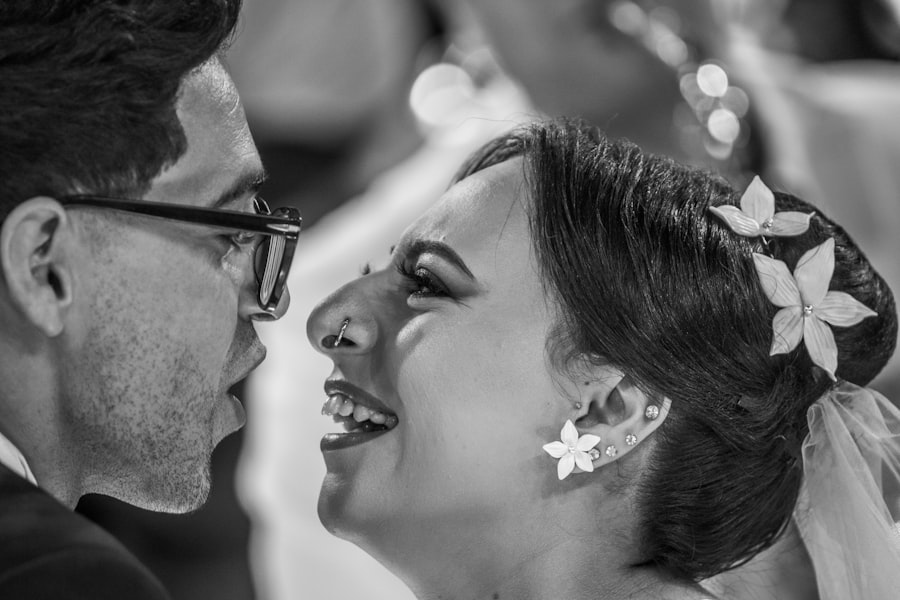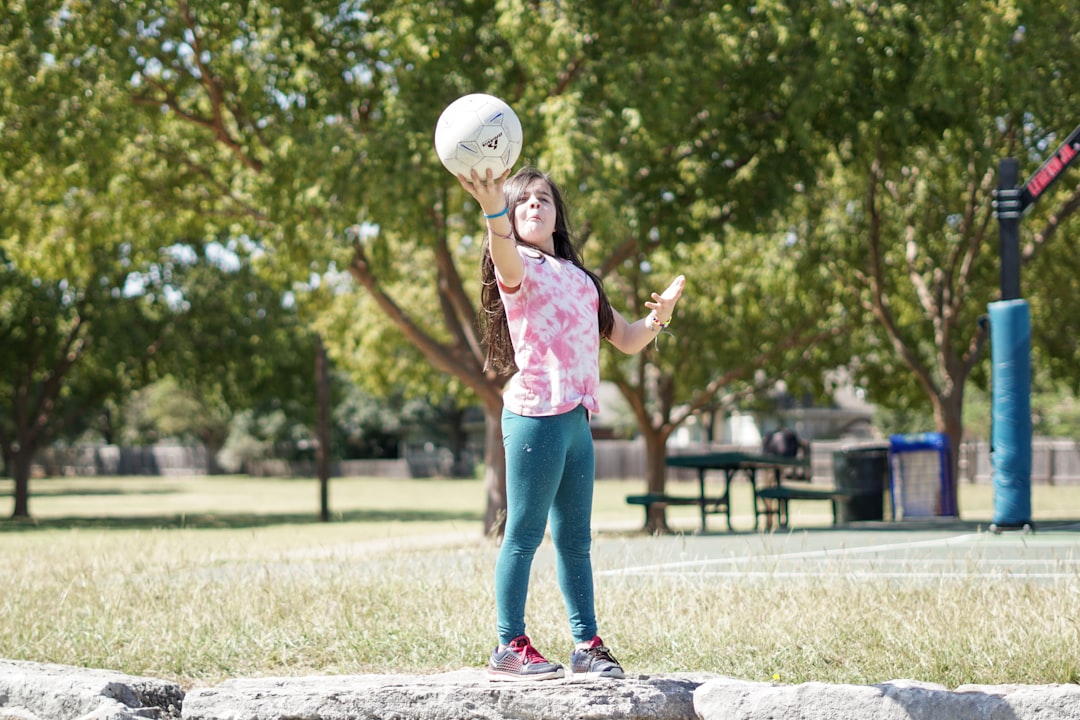Yoga, an ancient practice with roots in India, has transcended its cultural origins to become a global phenomenon, particularly recognized for its profound benefits in stress relief. The practice of yoga encompasses a variety of physical postures, breathing techniques, and meditation, all designed to foster a deep connection between the mind and body. In today’s fast-paced world, where stress and anxiety are prevalent, yoga offers a sanctuary for individuals seeking solace and balance.
The integration of mindful movement and breathwork not only alleviates physical tension but also cultivates mental clarity and emotional resilience. The therapeutic effects of yoga on stress are well-documented. Research has shown that regular practice can lower cortisol levels, the hormone primarily responsible for stress responses in the body.
Furthermore, yoga encourages mindfulness, allowing practitioners to become more aware of their thoughts and feelings without judgment. This heightened awareness can lead to improved emotional regulation and a greater sense of peace. As individuals engage in yoga, they often find themselves better equipped to handle life’s challenges, making it an invaluable tool for stress management.
Key Takeaways
- Yoga is an effective tool for stress relief and relaxation
- Flexibility is an important aspect of yoga practice for overall health and well-being
- Child’s Pose is a great way to relax and release tension in the body
- Cat-Cow Stretch helps to improve spinal flexibility and mobility
- Downward Facing Dog is a full body stretch that can help to relieve tension and improve flexibility
Importance of Flexibility in Yoga
Flexibility is a cornerstone of yoga practice, serving as both a physical and metaphorical concept. Physically, flexibility allows practitioners to perform various postures with greater ease and alignment, reducing the risk of injury. Many yoga poses require a certain degree of flexibility in the muscles and joints, which can be developed over time through consistent practice.
As individuals work on their flexibility, they often experience an increase in range of motion, which can enhance overall physical performance in daily activities and other forms of exercise. Metaphorically, flexibility in yoga extends beyond the physical realm; it embodies the ability to adapt to life’s changes and challenges. Just as the body becomes more pliable through practice, so too can the mind learn to bend without breaking under pressure.
This mental flexibility fosters resilience, enabling individuals to navigate stressors with a sense of calm and adaptability. By cultivating both physical and mental flexibility through yoga, practitioners can create a holistic approach to well-being that addresses both body and mind.
Child’s Pose for Relaxation

Child’s Pose, or Balasana, is often regarded as one of the most restorative poses in yoga. This gentle posture invites practitioners to fold forward, resting their forehead on the mat while extending their arms in front or alongside their body. The pose encourages deep relaxation by promoting a sense of safety and comfort, making it an ideal choice for those seeking relief from stress or fatigue.
As the body sinks into the ground, the mind is given permission to slow down, creating a space for introspection and tranquility. The physiological benefits of Child’s Pose are equally significant. By gently stretching the hips, thighs, and spine, this pose helps release tension accumulated throughout the day.
The forward fold also stimulates the parasympathetic nervous system, which is responsible for the body’s rest-and-digest response. This activation can lead to decreased heart rate and blood pressure, further enhancing feelings of relaxation. Practicing Child’s Pose regularly can serve as a powerful tool for grounding oneself during moments of overwhelm or anxiety.
Cat-Cow Stretch for Spinal Flexibility
| Metrics | Results |
|---|---|
| Spinal Flexibility Improvement | Yes |
| Muscle Engagement | Core, back, and neck muscles |
| Recommended Frequency | 3-5 times per week |
| Difficulty Level | Beginner |
The Cat-Cow stretch is a dynamic sequence that combines two distinct poses to promote spinal flexibility and mobility. Transitioning between Cat Pose (Marjaryasana) and Cow Pose (Bitilasana) involves arching and rounding the back while synchronizing breath with movement. This rhythmic flow not only warms up the spine but also encourages the release of tension in the back muscles, making it an excellent choice for those who spend long hours sitting or engaging in repetitive movements.
In addition to its physical benefits, the Cat-Cow stretch serves as a moving meditation that fosters mindfulness. As practitioners focus on their breath and the sensations within their bodies, they cultivate a deeper awareness of their physical state and emotional landscape. This practice can be particularly beneficial for individuals experiencing stress or anxiety, as it provides an opportunity to connect with the present moment.
By incorporating Cat-Cow into their routine, individuals can enhance spinal health while simultaneously nurturing their mental well-being.
Downward Facing Dog for Full Body Stretch
Downward Facing Dog (Adho Mukha Svanasana) is one of the most recognizable poses in yoga, celebrated for its ability to stretch multiple muscle groups simultaneously. In this pose, practitioners form an inverted “V” shape with their bodies, pressing their hands and feet into the ground while lifting their hips toward the sky. This position elongates the spine, stretches the hamstrings and calves, and opens up the shoulders, making it a comprehensive full-body stretch.
Beyond its physical benefits, Downward Facing Dog also serves as a powerful energizer. The pose encourages blood flow to the brain while promoting deep breathing, which can invigorate both body and mind. Many practitioners find that spending time in this pose helps alleviate feelings of fatigue or lethargy, making it an excellent choice during moments of stress or overwhelm.
Additionally, Downward Facing Dog can act as a transitional pose between sequences, allowing individuals to reset their focus and intention as they move through their practice.
Seated Forward Bend for Hamstring Flexibility
Seated Forward Bend (Paschimottanasana) is a seated posture that emphasizes hamstring flexibility while promoting relaxation and introspection. In this pose, practitioners sit with their legs extended in front of them and hinge at the hips to reach toward their feet. The forward fold encourages a gentle stretch along the back of the legs while also providing an opportunity for deep breathing and mindfulness.
The benefits of Seated Forward Bend extend beyond physical flexibility; this pose also encourages mental calmness. As practitioners fold forward, they often experience a release of tension in both body and mind. The act of surrendering into the pose can evoke feelings of letting go, making it particularly beneficial for those grappling with stress or anxiety.
Regular practice of Seated Forward Bend can enhance not only hamstring flexibility but also emotional resilience, allowing individuals to approach challenges with greater ease.
Legs-Up-The-Wall Pose for Relaxation
Legs-Up-The-Wall Pose (Viparita Karani) is a restorative posture that promotes relaxation and rejuvenation by allowing gravity to assist in draining tension from the legs and lower back. In this pose, practitioners lie on their backs with their legs extended vertically against a wall while keeping their arms relaxed at their sides or resting on their abdomen. This simple yet effective position encourages deep relaxation by calming the nervous system and promoting blood circulation.
The physiological benefits of Legs-Up-The-Wall Pose are profound; it can help alleviate symptoms of anxiety and fatigue while reducing swelling in the legs. The gentle inversion encourages venous return from the lower extremities, which can be particularly beneficial for individuals who spend long hours on their feet or sitting at a desk. Additionally, this pose provides an opportunity for introspection and mindfulness as practitioners focus on their breath and sensations within their bodies.
Incorporating Legs-Up-The-Wall into a regular yoga practice can serve as a powerful tool for relaxation and stress relief.
Conclusion and Benefits of Regular Yoga Practice
Engaging in regular yoga practice offers a multitude of benefits that extend far beyond physical fitness. The combination of mindful movement, breathwork, and meditation creates a holistic approach to well-being that addresses both body and mind. As individuals cultivate flexibility through various poses, they not only enhance their physical capabilities but also develop mental resilience that allows them to navigate life’s challenges with grace.
The stress-relieving properties of yoga are particularly noteworthy; by fostering relaxation and mindfulness, practitioners can experience reduced anxiety levels and improved emotional regulation. Each pose serves as an opportunity to connect with oneself on a deeper level, promoting self-awareness and acceptance. Whether through Child’s Pose’s gentle embrace or Downward Facing Dog’s invigorating stretch, each aspect of yoga contributes to a greater sense of balance and harmony in life.
Incorporating yoga into one’s routine can lead to lasting changes in overall well-being. As individuals commit to regular practice, they often find themselves better equipped to handle stressors with clarity and composure. The journey through yoga is not merely about achieving physical postures; it is about cultivating a deeper understanding of oneself and fostering resilience in an ever-changing world.



